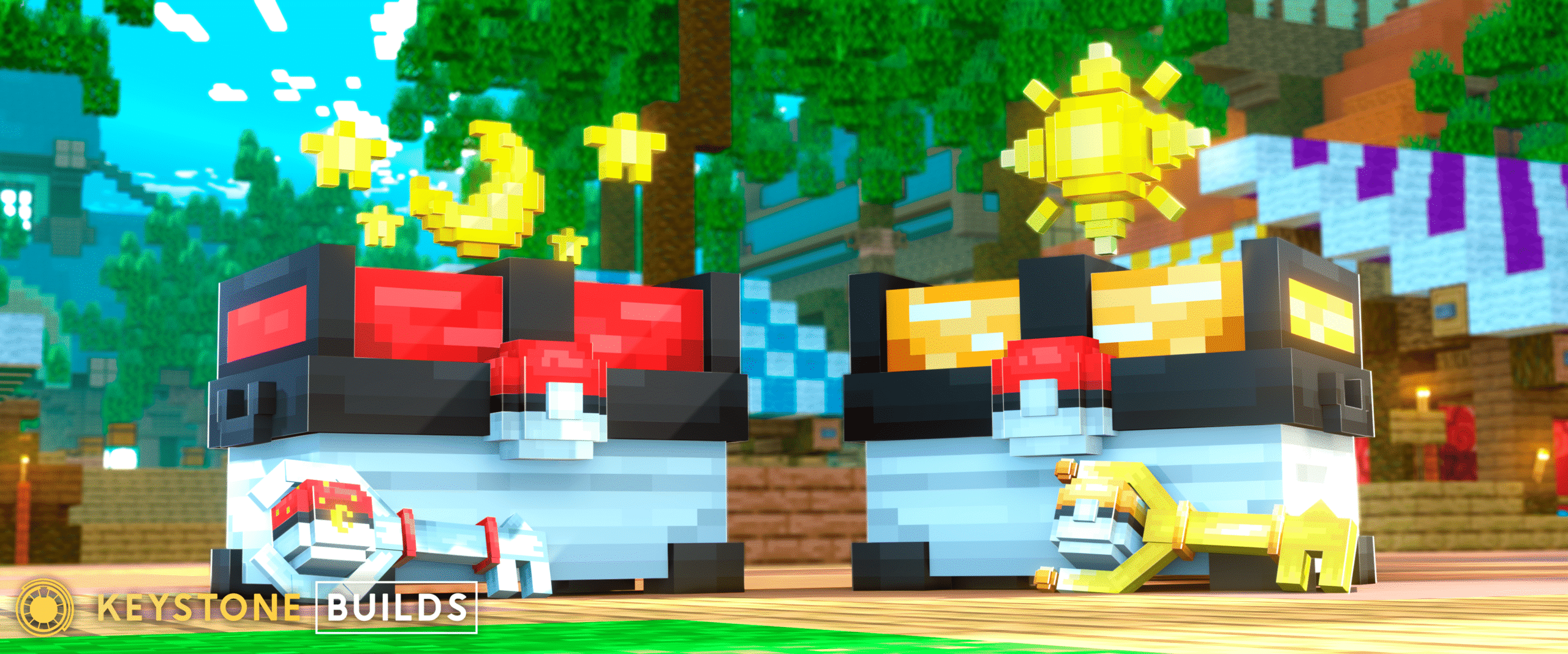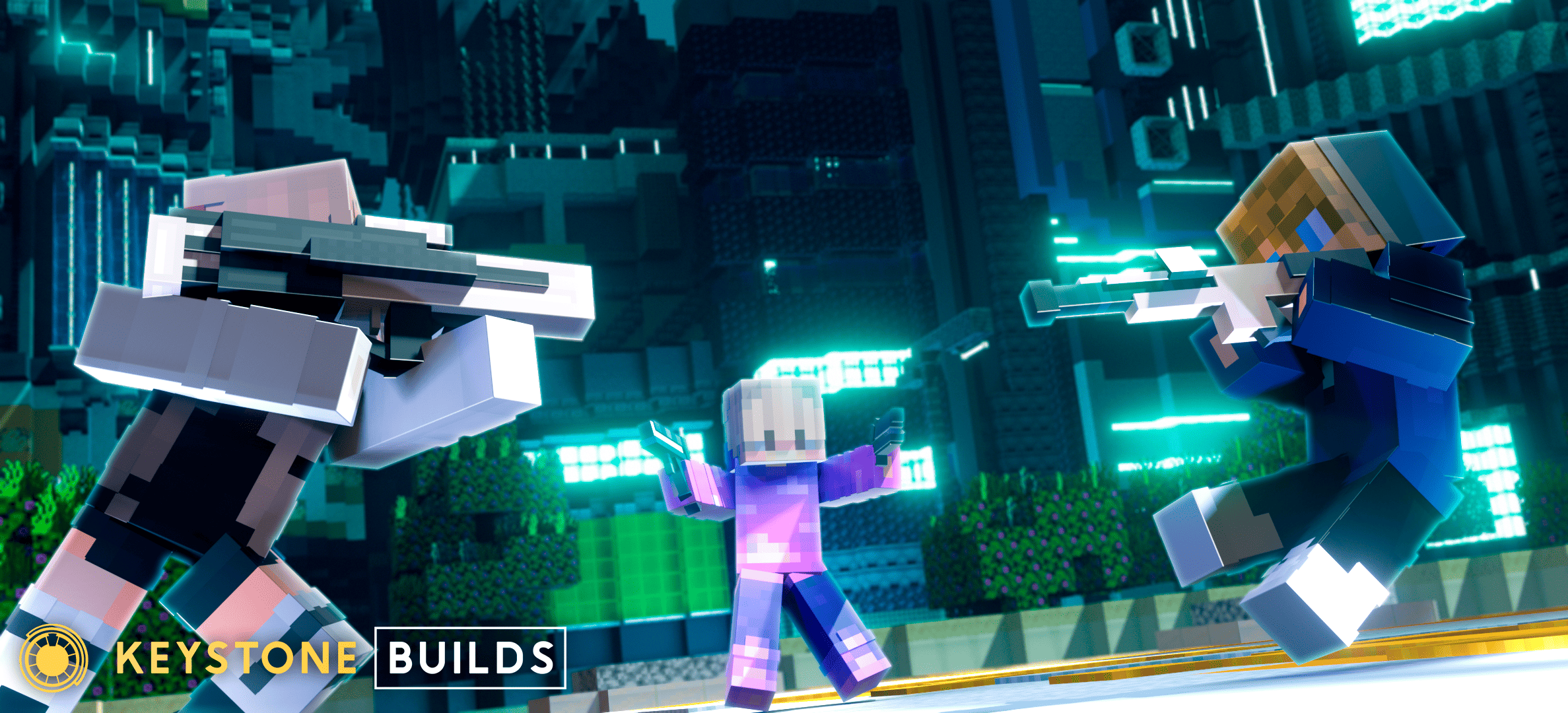Minecraft’s popularity continues to thrive in 2025, and more players than ever are turning their dreams of server ownership into reality. Whether it’s to build a community, start a content channel, or just play with friends, launching a Minecraft server has never been more accessible.
Thanks to powerful hosting services, plug-and-play tools, and an abundance of customization options, you can get your server up and running quickly—even if you’re not a tech wizard. This guide will walk you through every step to help you launch a Minecraft server that’s stable, fun, and ready to grow.

Planning Your Server
Before diving into technical details, it’s crucial to plan your server’s purpose and experience.
Define Your Vision: Is your server a private realm for friends, a niche community with shared interests, or a public server hoping to reach a large audience? Your audience influences everything—from rules to the plugins you install. Be specific with your theme. A medieval PvP arena? A roleplay-based city server? The clearer your idea, the stronger your brand will be.
Choose a Server Type: Will you host Survival, Creative, Adventure, or a custom hybrid experience? This choice affects world design, progression systems, and gameplay mechanics. Hybrid types like RPG-Survival or Adventure-PvP are growing in popularity and can make your server more appealing to a broader audience.
Hardware and Hosting Options
Self-Hosting: You can host a server from your own machine if you have powerful hardware and reliable internet. However, this route involves high risk, more technical setup, and 24/7 maintenance on your part. You’ll need to manage uptime, handle performance optimization, and ensure server security.
Using PebbleHost: For most players, we recommend using PebbleHost—a trusted hosting provider known for affordability, reliability, and Minecraft-specific features. PebbleHost offers:
- Easy setup and one-click installations
- Automatic backups
- DDoS protection
- Flexible upgrade options as your server grows
- High-performance hardware for a smooth experience
As the official hosting partner of Keystone Builds, PebbleHost delivers a worry-free, performance-driven experience trusted by hundreds of server admins around the world.
Setting Up the Server Software
Once your host is ready, it’s time to install the software.
- Install Java: Make sure your system or host has the latest version of Java. This is a must for running Minecraft server software.
- Download Server Files: Choose between the official Minecraft server .jar or a performance-focused option like Spigot or Paper. Paper offers optimization and plugin support ideal for growing servers.
- Configure Settings: Modify the server.properties file to set game mode, whitelist settings, max players, world seed, difficulty, PvP status, and more. This file determines the core mechanics of your server.
Network Configuration
For Self-Hosting:
- Port Forwarding: You’ll need to forward port 25565 (default for Minecraft) to allow external players to connect.
- Static IP or Dynamic DNS: A static IP makes your server easier to find. If your IP changes, services like No-IP can help with dynamic DNS. This avoids disruptions for returning players.
With PebbleHost:
- Network configuration is already handled. You’ll get a dedicated IP or subdomain, making connection simple for players. They also manage uptime, redundancy, and other network optimizations for you.
Enhancing Your Server
This is where your server becomes a unique experience.
Plugins and Mods: Use plugins from Spigot, Bukkit, or Modrinth to add features like:
- Economy systems with virtual currency and shop interfaces
- Player ranks and permission groups to reward engagement
- Teleportation commands, warps, homes, and private claims
- Custom quests, minigames, crates, dungeons, or daily rewards
- Anti-cheat systems and custom combat mechanics
Well-picked plugins make your server more engaging and customizable for players. Avoid overloading with unnecessary ones—keep your list clean and optimized.
Pre-Built Maps: Want a polished server world without spending weeks building it? Pre-built maps are your solution. They offer:
- Professionally designed aesthetics
- Optimized layouts for gameplay and exploration
- Consistency across multiple server types or gamemodes
- Time-saving convenience for rapid launch
Explore Keystone Builds’ selection of pre-built maps, crafted by experts to help your server feel premium from day one. Whether you need a spawn hub, PvP arena, RPG village, or custom dungeon, Keystone has a solution.
Establishing Rules and Community Guidelines
A healthy community starts with clear expectations. The earlier you set rules, the easier it is to maintain a respectful, fun environment.
- Set Expectations Early: Publish your rules in-game, on Discord, and on your server site. Include policies on griefing, PvP etiquette, chat behavior, and fair play.
- Use Moderation Plugins: Tools like LuckPerms (permissions), EssentialsX (utility commands), and CoreProtect (rollback and block logging) help enforce rules and manage player behavior.
- Appoint Staff: Start with 1–2 trustworthy mods. Expand as your server grows. Staff should be trained, active, and well-versed in the server rules and tools.
Promoting Your Server
Once your server is ready, promotion is key to building a player base.
- List Your Server: Post on Minecraft server directories like Minecraft-MP, Planet Minecraft, MinecraftServers.org, and TopG. Make sure your description is catchy and unique.
- Join Communities: Share your server in relevant Discords, forums, or Reddit threads (e.g., r/MinecraftBuddies, r/admincraft).
- Engage Your Audience: Run launch events with exclusive rewards, host themed build contests, or organize weekly minigames. These help build long-term loyalty.
- Use Social Media: Post progress updates, teasers, and community highlights on TikTok, Twitter, and Instagram to attract new players and keep your base active.
Maintenance and Updates
To keep your server running smoothly over time:
- Backup Frequently: Use automated backup tools or host-provided options to protect world data and plugin configs.
- Stay Updated: Regularly check for plugin, mod, and server software updates. This reduces lag, prevents exploits, and ensures compatibility.
- Monitor Performance: Use tools like Spark, Plan, or host dashboards to monitor performance metrics like TPS, RAM usage, and CPU load. Optimize accordingly.
- Schedule Downtime Smartly: Inform players in advance when you plan updates or maintenance to avoid frustration.

Ready to Launch? Build a Server That Truly Stands Out
Launching a Minecraft server in 2025 is more achievable—and exciting—than ever. With modern tools, flexible hosting, and a vibrant community, there’s no better time to bring your Minecraft vision to life.
With PebbleHost’s rock-solid hosting solutions and Keystone Builds’ incredible selection of high-quality pre-built maps, you don’t have to build everything from scratch. You can focus on what really matters: delivering an unforgettable experience for your players.
Explore the Keystone Builds store now and take the first step toward launching a server your community will never forget.
The blocks are ready—are you?









